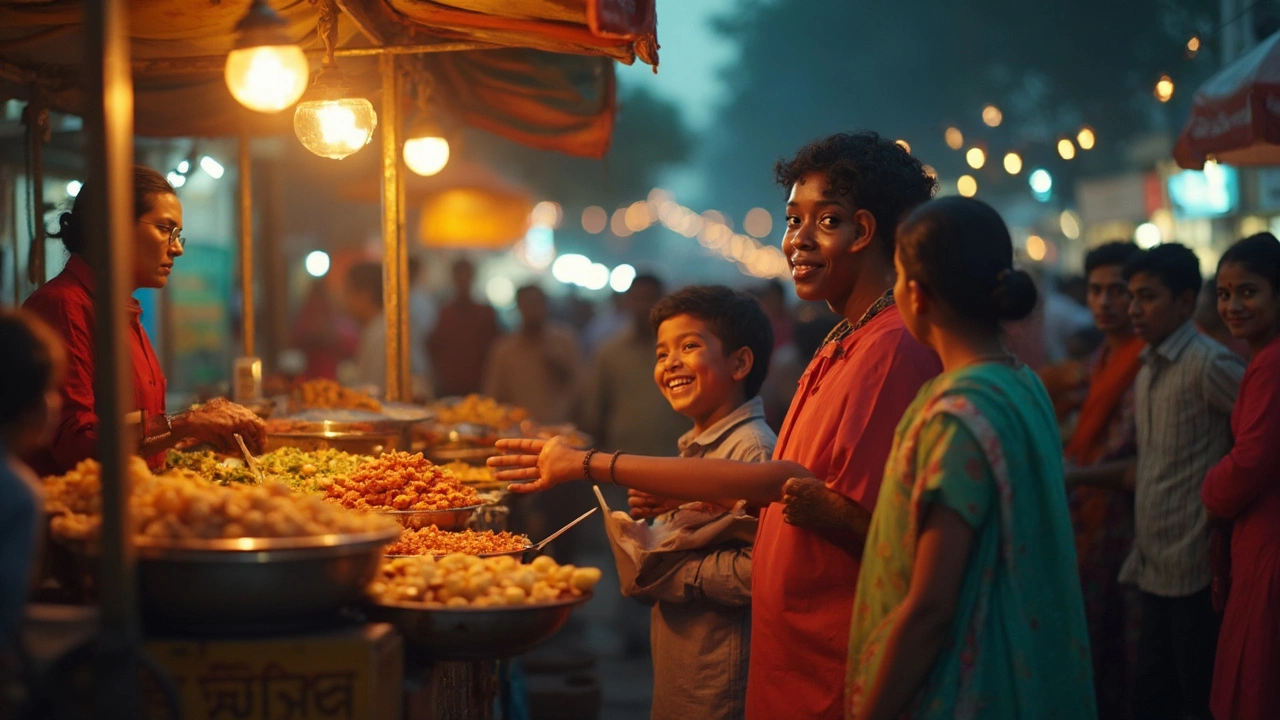Indian Slang: What It Is and How to Use It
Ever heard an Indian friend say “jugaad” or “chill maar” and wondered what it means? Indian slang is the informal, everyday language people use to sound relaxed, funny, or to fit in. It’s a mix of Hindi, English, regional words and a dash of pop‑culture. Knowing a few of these terms can make conversations flow smoother and help you avoid awkward misunderstandings.
Top Everyday Indian Slang Words
Jugaad – Think of it as a clever hack or a makeshift solution. If someone fixes a broken chair with tape and says, “That’s pure jugaad,” they mean it’s a smart, low‑cost fix.
Chill maar – Literally “take a chill,” it’s the Indian way of saying “relax” or “calm down.” Use it when a friend is over‑reacting: “Hey, chill maar, it’s just a small mistake.”
Dost – A simple word for “friend.” It’s common across the country, and adding “ya” at the end (dost‑ya) makes it more affectionate.
Pakau – When something is boring or a person is a downer, you call it pakau. Example: “That movie was totally pakau.”
Tapori – Originally referred to street‑smart kids, now it’s used playfully for someone who’s a bit rough around the edges but charming.
How to Slip Indian Slang Into Conversation
Start with words you already know and feel comfortable saying. Don’t force a phrase if it sounds out of place. Listen to how natives use the slang – tone and context matter a lot. For instance, “jugaad” works best when talking about a DIY fix, not when describing a fancy gadget.
Mix it with English if you’re not fluent in Hindi. Many Indians say, “Let’s do a quick jugaad,” blending both languages easily. This code‑switching is normal and shows you respect the local style.
Avoid overusing slang in formal settings. You wouldn’t say “pakau” in a job interview. Keep it for casual chats, social media captions, or friendly banter.
If you’re unsure about pronunciation, start slow. Most slang words are short and easy to say. Practice with a friend or mimic a YouTube video – you’ll get the rhythm quickly.
Remember, slang evolves fast. New terms pop up from movies, memes, and regional trends. Staying updated by watching popular Indian TV shows or scrolling through Instagram reels helps you pick up fresh words before they become mainstream.
Finally, be respectful. Some slang can be region‑specific or even carry a teasing tone. If you’re not from that area, use it gently and watch how others react. If someone laughs, you’re probably good to go; if they look puzzled, dial it back.
With these basics, you’ll sound more natural next time you chat with an Indian friend, order food, or chat online. Have fun, try a few words, and enjoy the lively mix that makes Indian slang so unique.
Indian Slang for Okay: The Sweet Taste of 'Theek Hai' in Street Food Culture
What’s the go-to Indian slang for 'okay'? It’s 'theek hai'—and you’ll hear it everywhere, but nowhere is it served up quite like at a street food stall. This article decodes the real meaning behind this phrase, where it pops up in daily life, and how it adds flavor to street food experiences. If you want to sound local or navigate an Indian food market like a pro, these details matter. Come hungry for both lingo and snacks.
